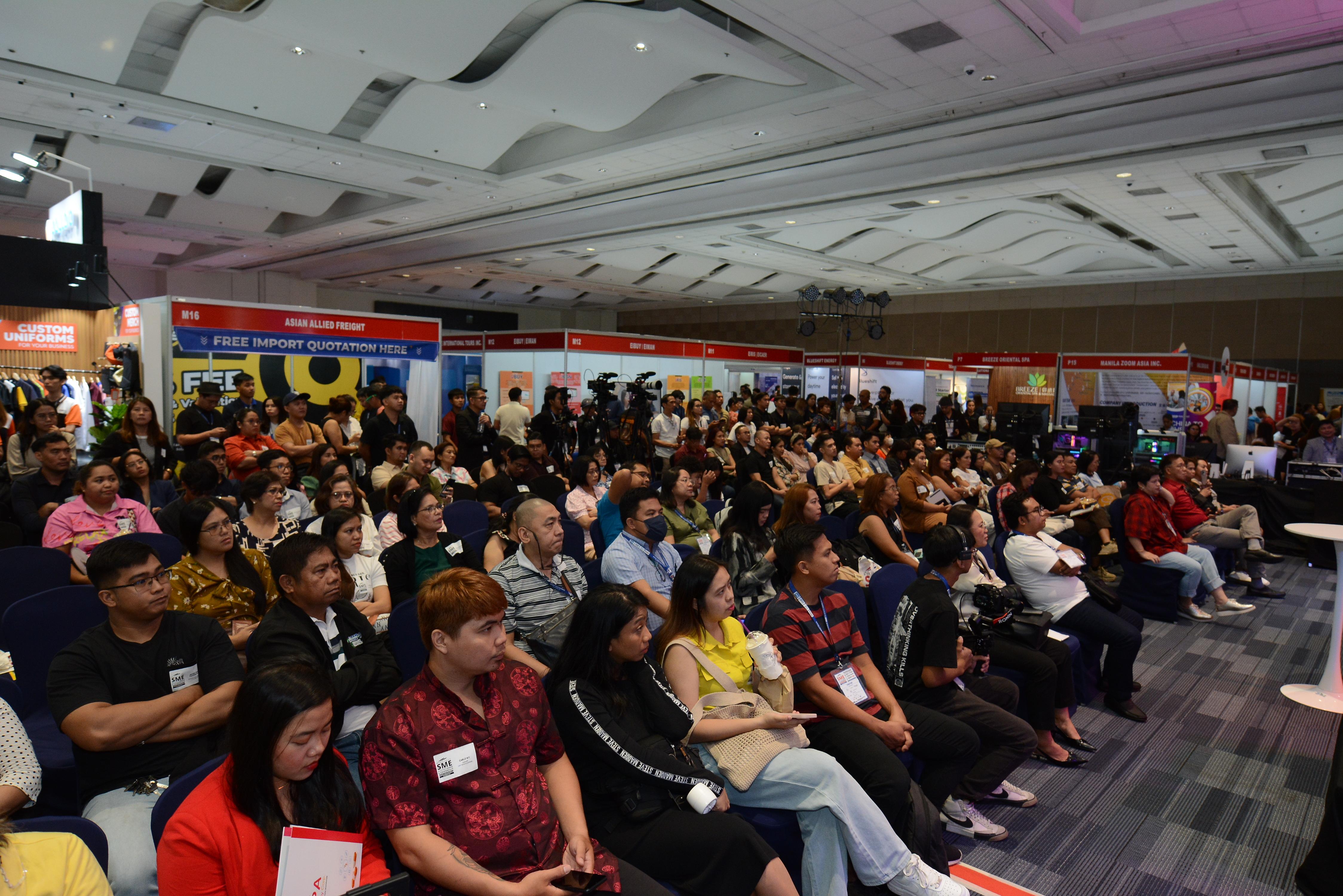1. CAPITAL assets include almost everything you own and use for personal purposes, pleasure or investment.
2. The following are capital assets: your home, household furnishings and stocks held in a personal account.
3. The following are not capital assets:
• Inventory held mainly for sale to customers in a trade or business.
• Accounts or notes receivable from a trade or business.
• Depreciable property used in a trade or business.
• Real estate used in a trade or business or as rental property.
• Supplies regularly used in a trade or business.
• The right to receive future ordinary income payments (for example, right to lottery winnings).
• Self-created copyrights, literary, musical or artistic compositions, letters or memoranda, or similar property.
4. A sale or exchange of a capital asset produces a capital gain or loss. The difference between the amount you paid for the asset and its sales price is a capital gain or capital loss.
5. Capital gains and losses are classified as long-term or short-term – long term if you hold the property for more than one year, short term if you hold it for one year or less.
6. If your long-term gains exceed your long-term losses, the difference is a net capital gain. If your gains exceed your losses, you end up with a net capital loss.
7. You pay tax on all net capital gains, but cannot deduct all capital losses.
8. There is an annual limit on capital losses of $3,000 ($1,500 if married filing separately).
9. You may carryover capital losses that exceed annual limits indefinitely.
10. The tax rate on a capital gain depends on the holding period, type of capital asset and taxpayer’s ordinary income tax bracket.
11. The tax rates that apply to net capital gain are generally lower than the tax rates that apply to other income.
12. Use new Form 8949 to interact with the old familiar Schedule D. List transactions on Form 8949 and carry subtotals to Schedule D.
Recent Developments:
• The 15% capital gain rate expired in 2012. Top rate went up to 20% for taxpayers whose income exceed thresholds set for the 39.6% rate ($400,000 S, $450,000 Joint, $425,000 Head of household).
• 100% exclusion of gain from qualified small business stock expired but was retroactively extended for two more years by The American Taxpayer Relief Act of 2012, so that it applies to otherwise qualifying stock acquired before Jan. 1, 2014. The other requirements, including the five-year holding period requirement, were not changed.
* * *
Sy Al-os Accountancy Corporation provides accounting and tax services to individuals, corporations, LLCs and business entities. The Firm has a niche in defending taxpayers audited by the IRS and other governmental agencies. The firm celebrates its 38th anniversary in 2015.
* * *
Victor Santos Sy graduated Cum Laude from UE with a BBA and from Indiana State University with an MBA. Vic worked with SyCip, Gorres, Velayo (SGV – Andersen Consulting) and Ernst & Young before establishing Sy Accountancy Corporation in 704 Mira Monte Place, Pasadena, CA 91101. He has 50 years of experience in accounting, consulting, and tax work.
* * *
The Firm proudly welcomes Arlene Al-os in 2015. She obtained her bachelors of Science in Accountancy from Mindanao State University and MBA from Ateneo de Manila University. She teaches intermediate accounting at UCLA and was a professor of Economics at Asia Pacific College. She has over 15 years of experience including member firms of KPMG and BDO Seidman accounting firms.
* * *
Our readers may call (626) 744-0200 or email tax questions to info@victorsycpa.com. Please visit our website for about 300 tax tips at www.victorsycpa.com.






